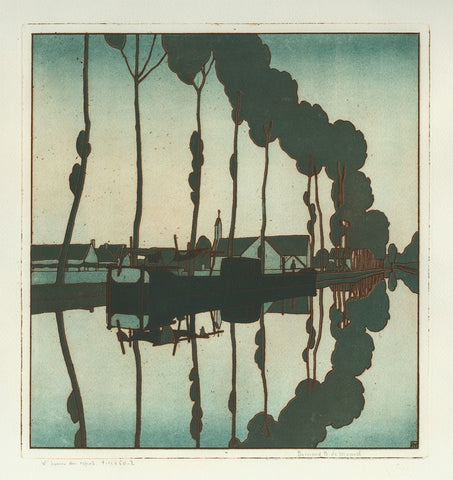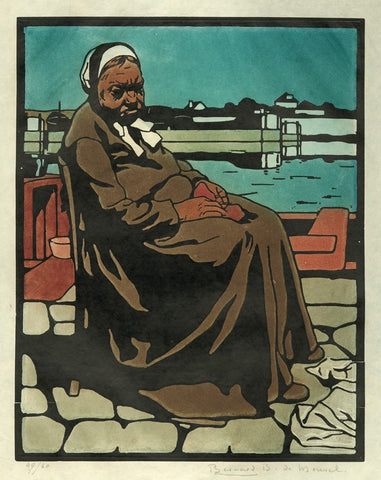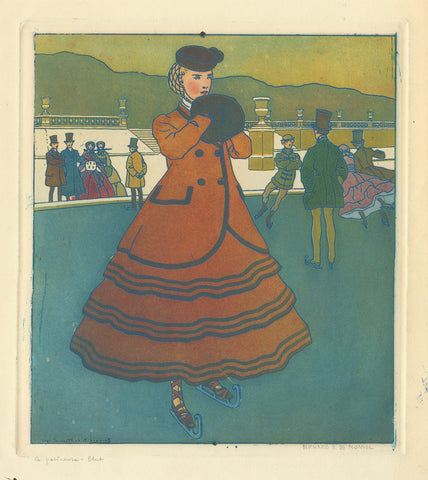Bernard Boutet de Monvel

Bernard Boutet de Monvel (August 9 , 1881 - October 28, 1949) was the son of Louis-Maurice Boutet de Monvel (1850 - 1913), an artist famous in his time for his innovative childrens’ illustration designs. As such it can be said that he was spoon-fed artistic creation. Known today mostly as a printmaker and a painter, Bernard Boutet de Monvel also was also a sculptor, an illustrator (like his father), as well as interior decorator.
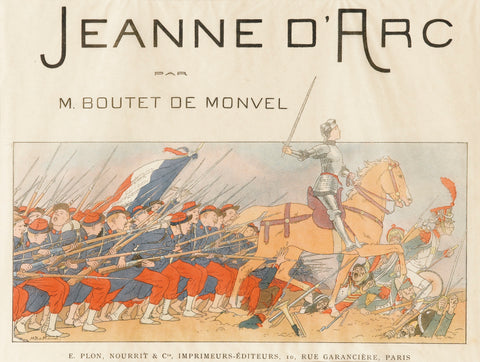
It is clear that Bernard’s father, Louis-Maurice, encouraged his sons, Bernard and Roger to learn to express themselves artistically at a young age. Roger Boutet de Monvel (1879-1951), Bernard’s elder by two years, became a writer who published an array of fiction and non-fiction. Brothers Roger and Bernard were also known to dress elegantly, and would in their time have been defined as dandies. Bernard was already a very accomplished draftsman and painter in his teenage years. Some beautiful detailed pencil and watercolor drawings from 1897 remain in existence; Bernard was then just 16 years old.

Starting in 1897 the aspiring artist studied painting with Luc-Olivier Merson (1846-1920) and sculpture with Jean Dampt (1854-1945). While he clearly picked up good oil painting technique from Merson, it is a fortuitous encounter in 1898 with the American sculptor and printmaker Louis McClellan Potter (1873–1912) that helped Bernard reach his first great successes. McClellan Potter introduced Boutet de Monvel to color etching and aquatint. The technique both printmakers used, named “au repérage”, was an innovation that had come from color lithography and the world of posters. Artists were registering a number of different color plates, with each color printed to line up with the other colors precisely. Thus intaglio, which had historically been monochromatic, became colored. Only a handful of artists were making color etchings in this manner at the time. It is very probable that both men worked under the supervision of the father-and-son duo of master printers, Auguste and Eugène Delâtre. A long-running printer specialized in intaglio printing, the Delâtre shop became the place to learn color printmaking techniques in the 1890s in Paris.
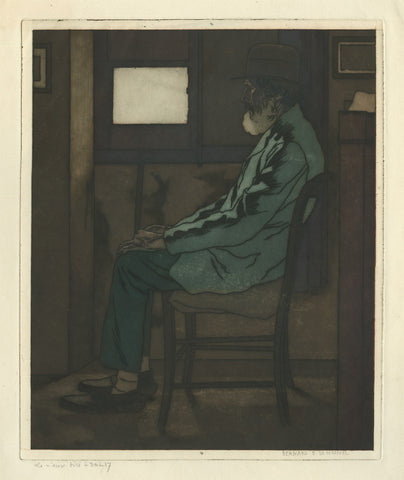
Early etchings by Bernard Boutet de Monvel revisited subjects he had drawn or painted at a young age. In 1899 and beyond, just 18 years old, he created beautiful color aquatints with soft-ground etching outlines. Subject matters centered around the river Loing, just south of the forest of Fontainebleau, where Bernard and his brother spent a lot of time with his paternal family. In his prints barges progress slowly on the river or lazily wait for the next leg of the journey. The people who populated this artery of early 20th century commerce also feature prominently. In these early prints Bernard Boutet de Monvel also depicted older sitters, which he clearly respected and admired. These portraits of old women and men are elegant and delicate, created with great care of color and texture.
While his style didn’t change much between those early compositions and the ones beyond, the subject did. Coming of age, and growing in elegance, Boutet de Monvel turned his attention increasingly to the subject of the dandy and of the élégante. Men and women dressed in fine clothing became central to his compositions. While women are often dressed brightly, men are in dressed in tweed and plaid. In 1912, these and earlier prints received major critical recognition with an exhibition of 100 impressions of his color etching exhibited at The Art Institute of Chicago (April 2 – 28, 1912).
Boutet de Monvel painted simultaneously in oil painting. He was prone to make quick watercolor and gouache sketches of his subjects, which were then reworked into pencil outlines to be used to create finished paintings.

His methodical approach at times becomes visible in the finished subjects. This seems particularly true of his portraits, which he began to exhibit at the Société Nationale des Beaux-Arts in 1903. This staged style at times works in his favor; sometimes it does not. In many instances however his method yields surprisingly strong paintings, with viewers who draw you into the composition. It is not surprising that his talents of portraitist were therefore in high demand. Boutet de Monvel also exhibited work at the Salon d'Automne and the Salon des Indépendants as well in subsequent years. Starting in 1907 he also regularly sent his works to the United States to be exhibited at the Carnegie Institute of Pittsburgh. This exposure of his work in the States likely yielded the show in Chicago in 1912.

His early paintings are more traditional and earthy in tone. His style then became starker, with compositions using bright colors, in which strong shadows lend depth to the subject. A trip to Florence further brightened his palette and yielded a brief flirtation with the pointillist style circa 1907. This didn’t last, but the increased use of light did.
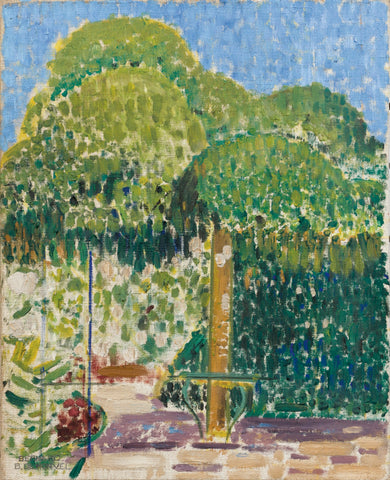
His paintings became more vibrant and the use of perspective slowly disappeared from his compositions. At this stage, around 1909, Bernard Boutet de Monvel further stylized his subjects, with geometric shapes simplified in many of his compositions. The early Art Deco style had taken a hold in his work.
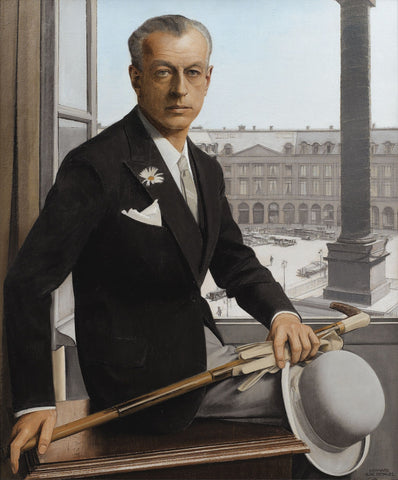
Boutet de Monvel, ever a well-dressed man, contributed illustrations to many periodicals. He was especially in demand to provide fashion drawings to magazines such as Fémina, Jardin des modes nouvelles, and Gazette du Bon Ton.
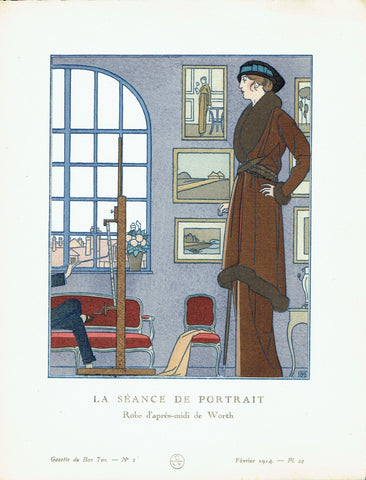
Bernard Boutet de Monvel was called up as a reservist during World War I and was part of the hostilities for the full duration of the war. He was injured during the Battle of the Marne and after his recovery became a bombardier. He distinguished himself in the many appointments and he was given the the Légion d'Honneur award in June 1917. He spent the last years of the war in North Africa, in particular in Fez (Morocco).
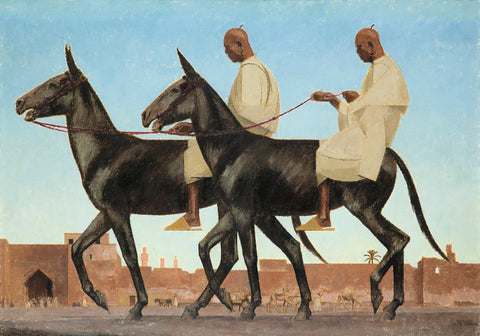
While there he stated to paint again, and he also travelled to Rabat and Marrakesh. His vision of these cities and Moroccan life are singular and powerful. His style became even more austere and lent itself well to rendering these subjects. While other artists of the time often failed to distill essence of these cities, and yielded many touristy clichés, Boutet de Monvel seems able to render simple subjects that show the cities and their lives.
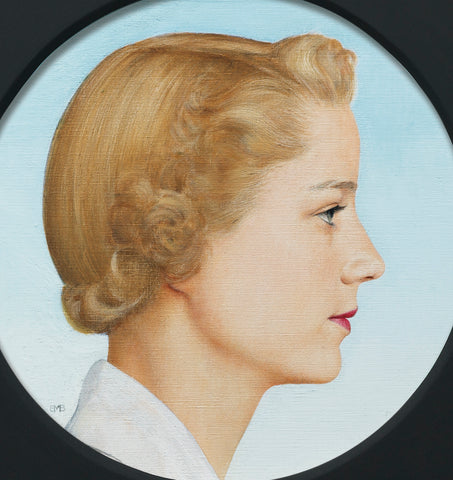
Back in Paris, Boutet de Monvel went back to painting full-time. Most of his attention was turned towards painting society portraits on commission. He also entered an illustration agreement with Harper’s Bazaar in 1926, which lasted until 1933. He travelled to the United States fairly frequently, both for exhibitions and to paint portraits. These are quite academic and generally depict their sitters in austere environments, looking rather distant and cold. Patrons in the States contributed heavily to his income in the 1920s and 1930s. While in large cities such as New York and Chicago, he also painted the city. These compositions are reminiscent of his simplified style developed in North Africa.
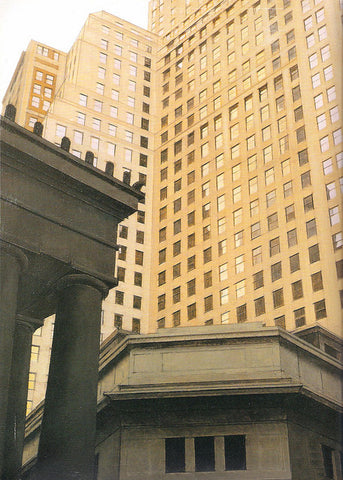
He spent the second World War in in Paris, before once again returning to portraiture after 1945. A final trip to the States took his life, when his plane crashed on the way back from New York to Paris in the Azores in 1949.
A.k.a. Charles Louis André Bernard Boutet de Monvel (birth name)
Born in Paris (France), August 9, 1881 – died (age 68) in São Miguel, Açores (Portugal), October 28, 1949

